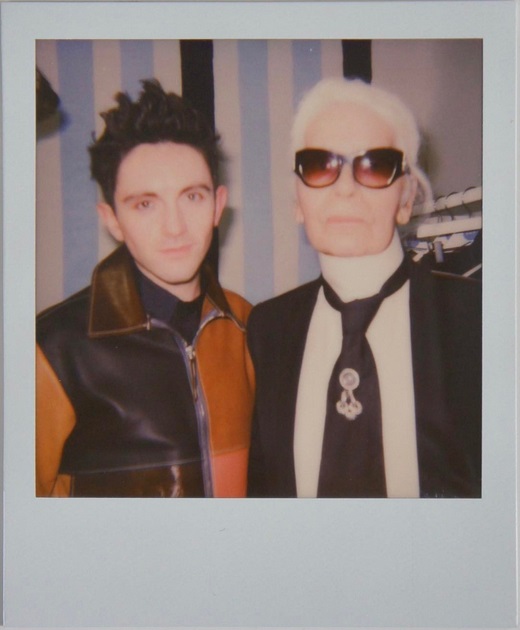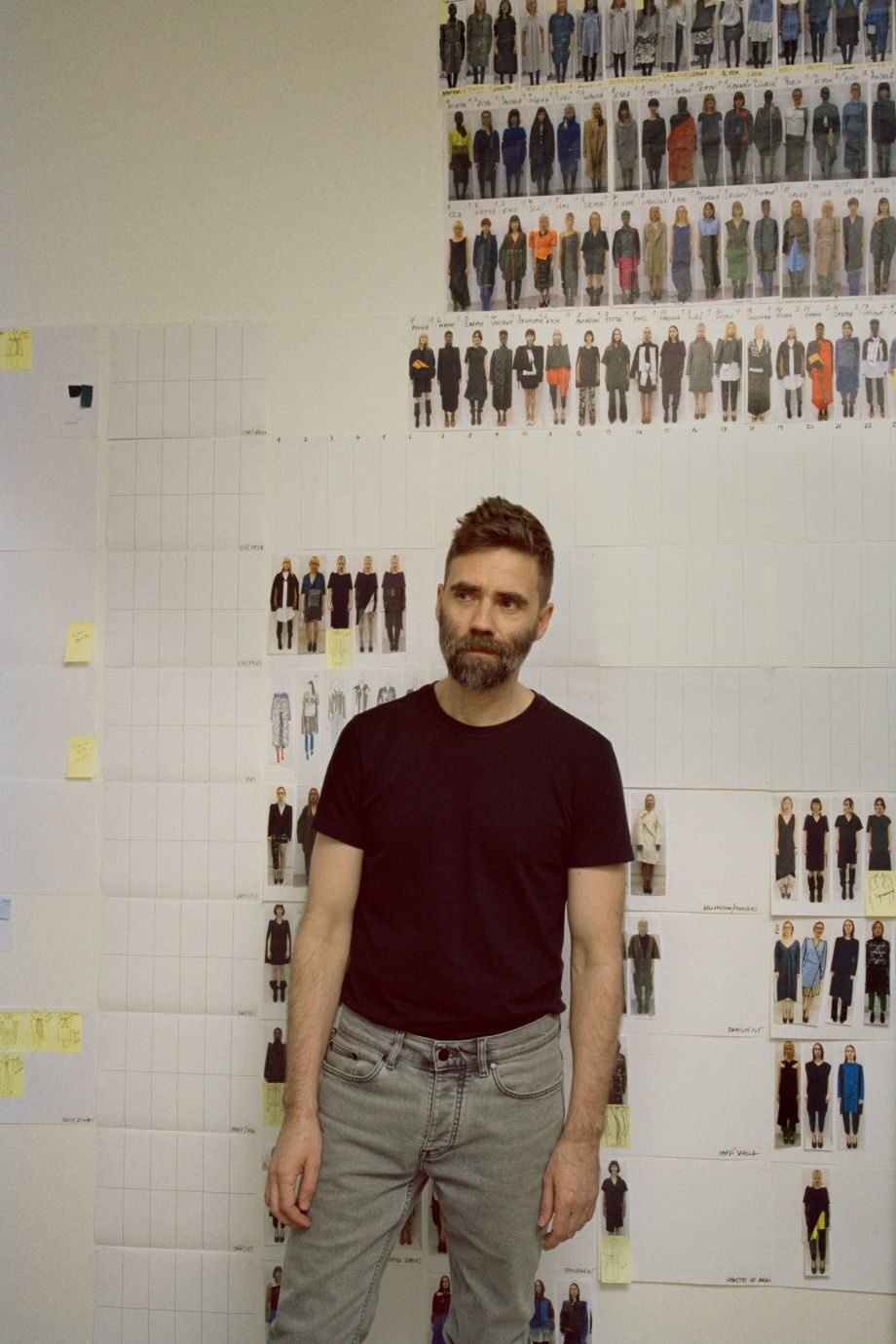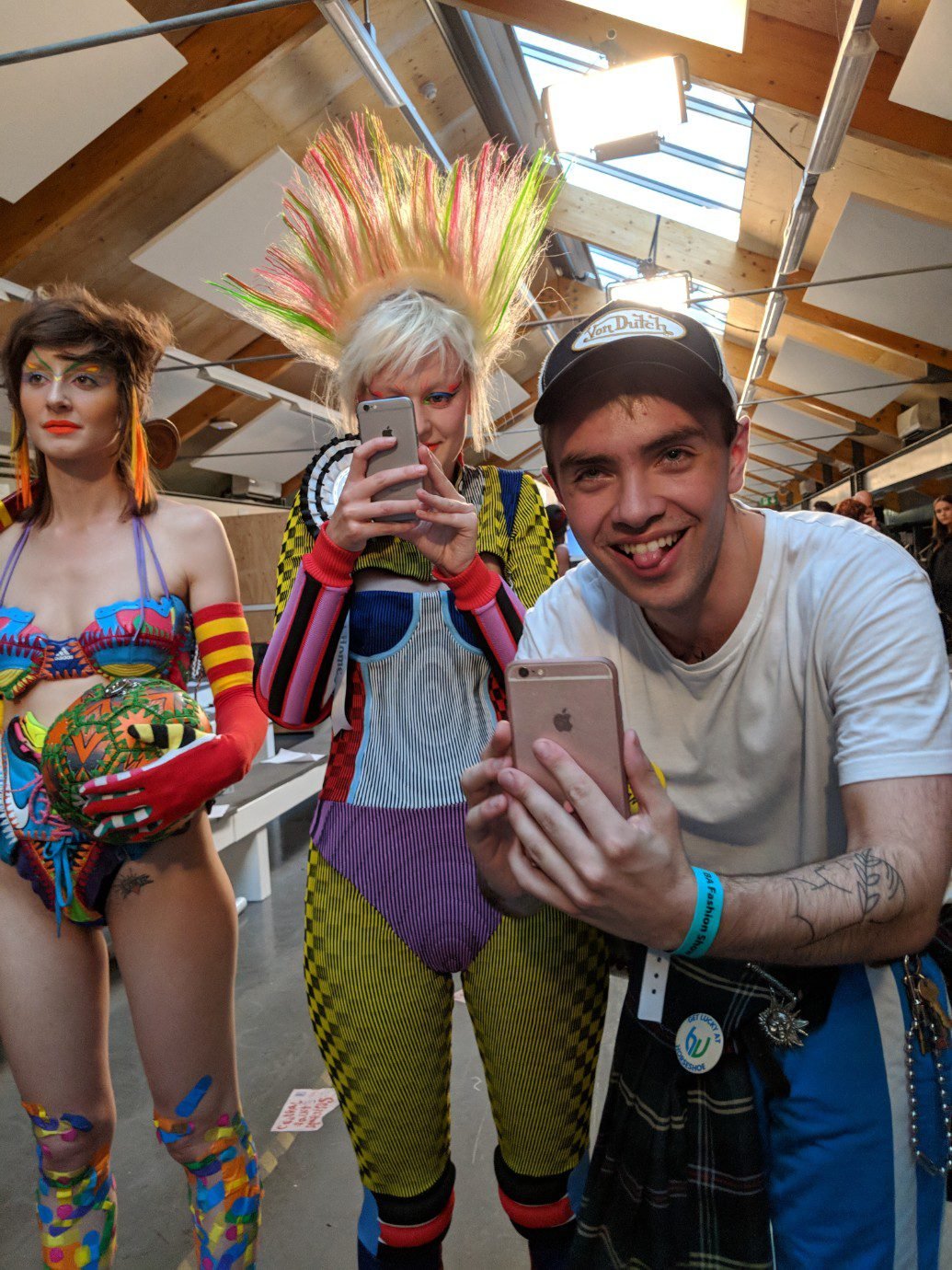Though the Woolmark Prize has known many different formats since its inception in the 50s, these industry connections between established and emerging have always been integral to the organization. As part of the International Wool Secretariat, which was founded in 1936 to promote wool to the global market, Woolmark is set up to foster creativity, matching the talent of young designers with the adaptability of wool, but its unique focus on production and sustainability give participants an advantage that is too often missing in other talent competitions.
Keep your eyes on the Woolmark Prize
The oldest fashion design competition might just hold the key to our industry’s future
When Christian Dior and Hubert de Givenchy announced the winners at one of the first editions of the Woolmark Prize in 1953, no one could have guessed that fashion history was being made. After all, the third prize was awarded to none other than Yves Saint Laurent, who was 17 years old at the time and unknown in the industry. He had travelled to Paris for the first time in his life to receive the award, a journey which would eventually lead to an appointment at the house of Dior by Christian himself – and launch his legendary career.
In its current edition, eight finalists are selected to develop a mens- or womenswear collection. They are supported by a team of experts in the process and have access to the organisation’s wide network of suppliers and producers. With material, technique, and production integrated into the competition process, designers aren’t just judged for their existing creative work, but on how they elevate it using the tools and connections of the competition.
“Before, [the Woolmark Prize] my knowledge and use of wool was just in yarn form. I opened up my knowledge to the range of properties wool can be adapted to.” – Robyn Lynch
Material research is core to Woolmark and participants are encouraged to innovate through textile. In an industry that is increasingly focused on image and styling, this is a refreshing approach. The designers agree: “I’ve been able to take some of my ideas much further and try a few new methods and tools,”’ said Adeju Thompson, founder of Lagos Space Programme, a genderfluid conceptual knitwear brand from Nigeria. “At the end of the day, it all comes down to the material that’s been made available to work with. The concept behind each collection is deeply informed by the history and qualities of the fabrics that make up the collection.”
Irish menswear designer Robyn Lynch recognized how much there is to learn about wool, even after having knitwear as a focus of her brand for many years. “The biggest key learning was the diversity of forms that wool can be adapted to,” she said. “Before, my knowledge and use of wool was just in yarn form. I opened up my knowledge to the range of properties wool can be adapted to.” A wool ripstop, for example, could be used in her hybrid knit jumpers which were previously 100% recycled polyester, “it was great to see something else work the same as, if not better.”
“It was amazing to learn how one fibre can be so versatile. We were able to use wool across such a variety of products, whether that be artisanal craft-oriented or extremely technical ones.” – Paolina Russo
Fashion tends to think of creative experimentation as something that only happens on a visual level – it’s to play with colour, shape, and cultural refences. The Woolmark competition process highlights the importance of innovation through textile. Paolina Russo, who used the Woolmark collection to expand the brand’s product category and introduce a range of thermal garments, noted: “It was amazing to learn how one fibre can be so versatile. We were able to use wool across such a variety of products, whether that be artisanal craft-oriented or extremely technical ones.”
Material and textile innovation organically leads to creative and visual newness. But that is not the only reason to invest time and energy into those primary steps of design research. “I think aside from showing creativity the real mission of Woolmark is to allow young companies to find sustainable solutions to productions whether it’s materials, manufacturing, or cost,” said Rhuigi Villaseñor, founder of L.A.-based label Rhude. With a focus on finding the most sustainable options, Woolmark allows young designers to translate their creative ideas in the least impactful way possible. “We discovered that we were able to achieve certain techniques with local vendors which opened new doors and showcases that Made in USA products can go beyond imaginable.”
“We were able to start building long-term partnerships with factories and suppliers in Europe that will help us develop our knitwear.” – Anthony Alvarez
Just like most fashion prizes, Woolmark has an advisory council, judging panel, and mentor program made up of well-connected industry professionals, including top editors, retail buyers, and designers, but the real power of the prize lies in its connections to production facilities. “We were able to start building long-term partnerships with factories and suppliers in Europe that will help us develop our knitwear,” said Anthony Alvarez, founder of Paris-based brand Bluemarble. “This is the real value as we need to share knowledge and collaborate for our creative industry to continue to thrive and grow,” added Amalie Roege Hove.
Production is a relationship too often underestimated in our industry. Working on a collection with the guidance of experts is significantly more beneficial than simply exchanging a calling card at a networking event. Paolina Russo explains how expanding her developers and manufacturers allowed her to “established a direct dialogue with them, which has allowed us to deepen the understanding of their needs and capabilities, and how to operate more sustainably and transparently.” Being given the opportunity to travel and meet suppliers and collaborators at their facilities, and experience the process from fibre origins and yarn spinning, to dyeing and finish, allowed designers to have a hands-on approach and to experiment within the facilities of our manufacturers. “We learned that design can start on the factory floor instead of in a studio miles away. We were able to learn from the manufacturer’s expertise and innovate from our learnings.”
“Being at the center of attention for an independent brand like us is truly essential.” – Marco Rambaldi
Fashion competitions have become an essential and strategic step in the trajectory of emerging fashion brands. Even if you don’t win, being selected as a finalist usually leads to a significant amount of media attention and a broadened network, as “being at the center of attention for an independent brand like us is truly essential,” according to Italian designer Marco Rambaldi.
But attention can easily be overestimated. The instant high and hype that accompanies being selected by a renowned global organization can create an illusion of success. Long-term, however, a fashion business needs more than the contact number of a good stylist – “It’s about being innovative in every step of the design process,” confirmed South Korean designer Maxxij Jaehyung Lee. The foundations of material sourcing, production, and distribution need to be perfected first. That is where good design is born, after all.
This year, the International Woolmark Prize partnered with American artist Joan Jonas for a re-staging of Delay Delay (1972) with actress Taylour Paige and recording artist Loyle Carner. Discover the project here!

















